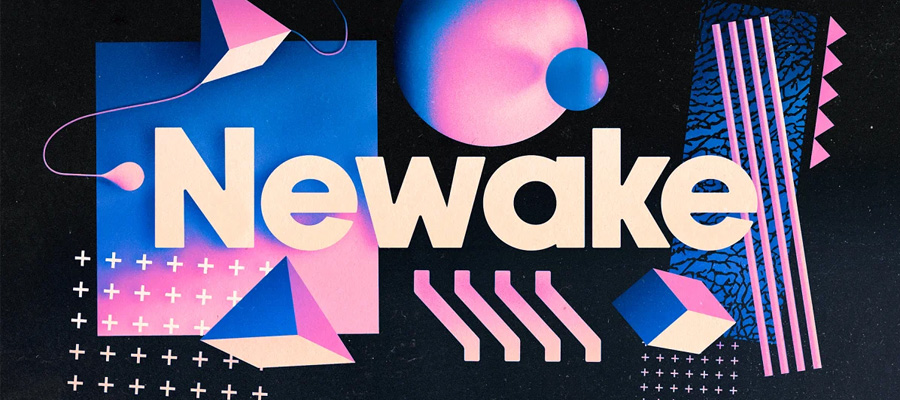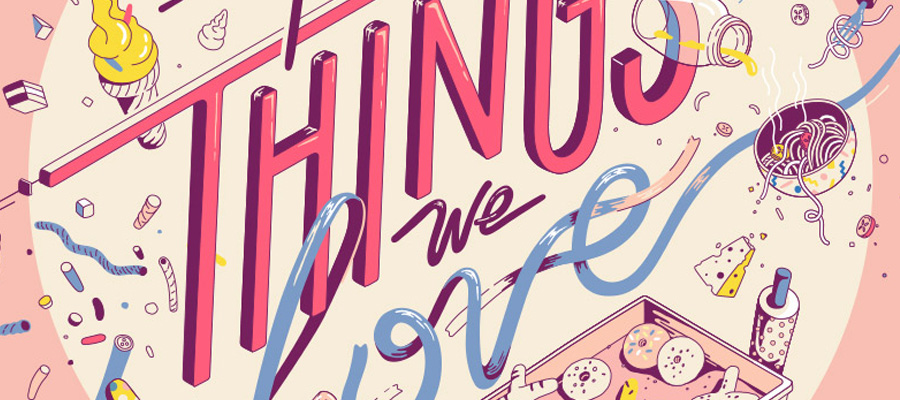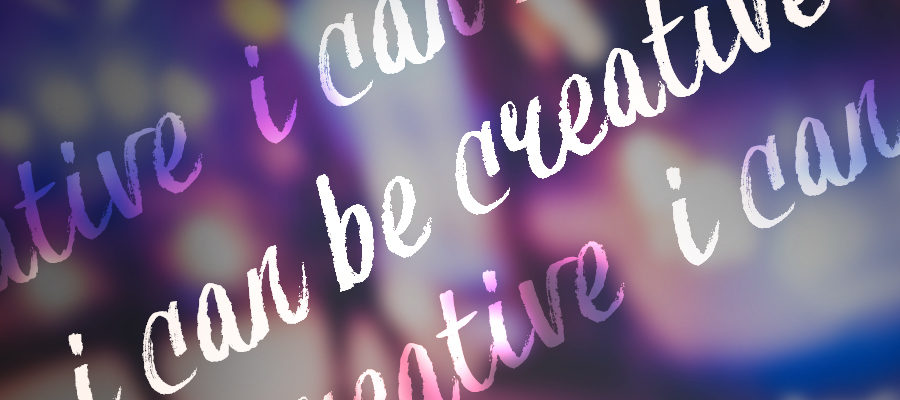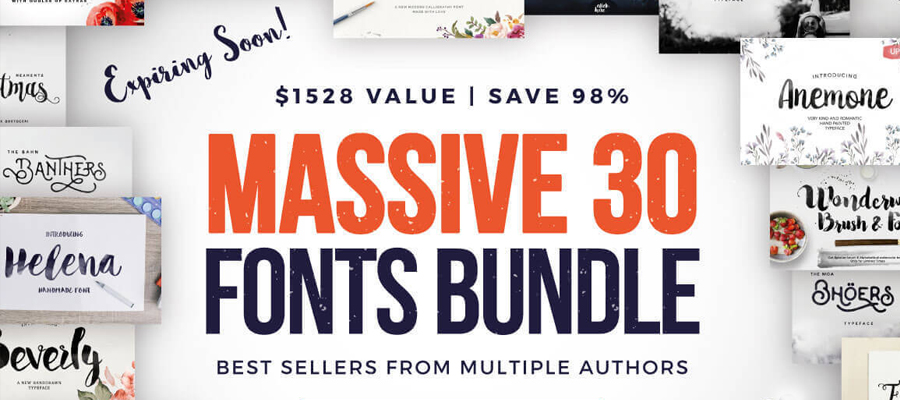Choosing the right fonts for your ad is very vital and can mean the difference between catching people’s attention and getting them to actually remember the details. Sometimes, a word from an ad is the first introduction consumers get for a product.
The decision for font design should never be concluded before first asking the following questions:
- What is the image of the product that I want to instill in consumers?
- Who are my target clients and how well do I know their tastes?
- Will this font give my product a more timeless and universal appeal?
- And finally, how will this font design look on different kinds of media?

Magalie Alphabet by Mark van Leeuwen
Script style
Arguably one of the most famous brands in the world is Coca-Cola. Their trademark logo was originally created in 1887 featuring a Spencerian script that was common during the time. This logo has largely remained unchanged since then and could be a factor as to why the sweet drink has become endearing to the general public despite the many variations in marketing strategies the company has applied over a century. A script design gives a text a more personal feel because it looks handwritten and unique. As long as it is not too informal that it is almost illegible, this is a good style to use to elicit emotion from its reader.
Serif fonts
There are many types of serif fonts, but they mostly convey the same feelings of respect and heritage. You might more commonly see them employed on building names and national landmarks. Prominent examples of serif font usage are the ones used for The New York Times as well as the Harvard University logo. Serif fonts do well to establish a sense of formality and class that brands which use this kind of font usually want to deliver.
Sans-serif fonts
On the other hand, sans-serif fonts are more minimalist in nature compared to their serif counterparts. Google notably switched to its cleaner-looking logo font in 2015 when they adapted the Product Sans typeface that they continue to use to this day. Between 1998 and 2015, they mostly featured serif fonts to build their brand that evoked feelings of reliability and establishment. Now, their less formal but modern-looking choice in typeface is more befitting of a company that is not afraid to push boundaries.
Think of fonts as a way of packaging your words as they are delivered to consumers. You can choose to make them as attractive to the receiver that they simply cannot avoid it or you can make it as simple and unassuming that it can induce an air of mystery. Marketing is all about communication and sending the right message across. You want your text to look chic and not boring so this is an important business decision you must not make in a hurry!




















